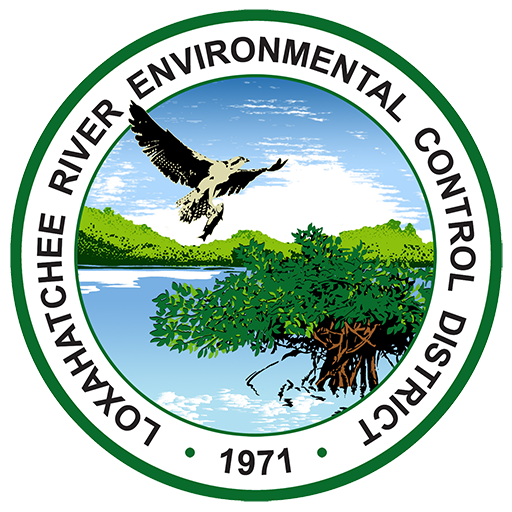Common Wastewater Systems
- Septic System, also called onsite sewage treatment and disposal system, uses gravity to convey wastewater from your home to a holding tank (septic tank) and then to a drain field (soil adsorption field), where minimally treated wastewater flows through perforated pipes and seeps into the underlying soil. Septic systems can contribute to groundwater and/or surface water contamination. Learn how it works, do’s and don’ts, and suggested maintenance requirements, including suggested pump-out frequency.
- Gravity Sewer System, uses gravity (no moving parts) to convey wastewater from your home to a neighborhood wastewater pump station, which pumps wastewater to our regional wastewater treatment facility where wastewater is treated and recycled to meet landscape irrigation needs. Learn how your gravity sewer system works, do’s and don’ts, and what do in case of an emergency or loss of power.
- Low Pressure Sewer Systems, uses a small pump station at your house to convey wastewater from your home to our regional wastewater treatment facility where wastewater is treated and recycled to meet landscape irrigation needs. Learn how your low pressure sewer system works, do’s and don’ts, and what do in case of an emergency or loss of power.
Anticipated Cost Estimates
Connection to the sanitary sewer system typically consists of the following four costs: Connection (Capacity) Charge, On-site Connection Cost, Assessment and Quarterly Service Charge. View Anticipated Cost Estimates.
Future Projects
Here is a list of neighborhoods scheduled for future installations.
Recently Completed Projects
Here is a list our recently completed projects.
